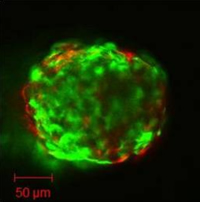Diesel-engine exhaust filter reduces harmful particles by 98 percent
A commercially available particle trap can filter microscopic pollutants in diesel-engine exhaust and prevent about 98 percent of them from reaching the air, according to research reported in Circulation: Journal of the American Heart Association. Inhaling exhaust particles increases the risk of dying from heart and lung diseases. Air pollution, including diesel exhaust as a …







